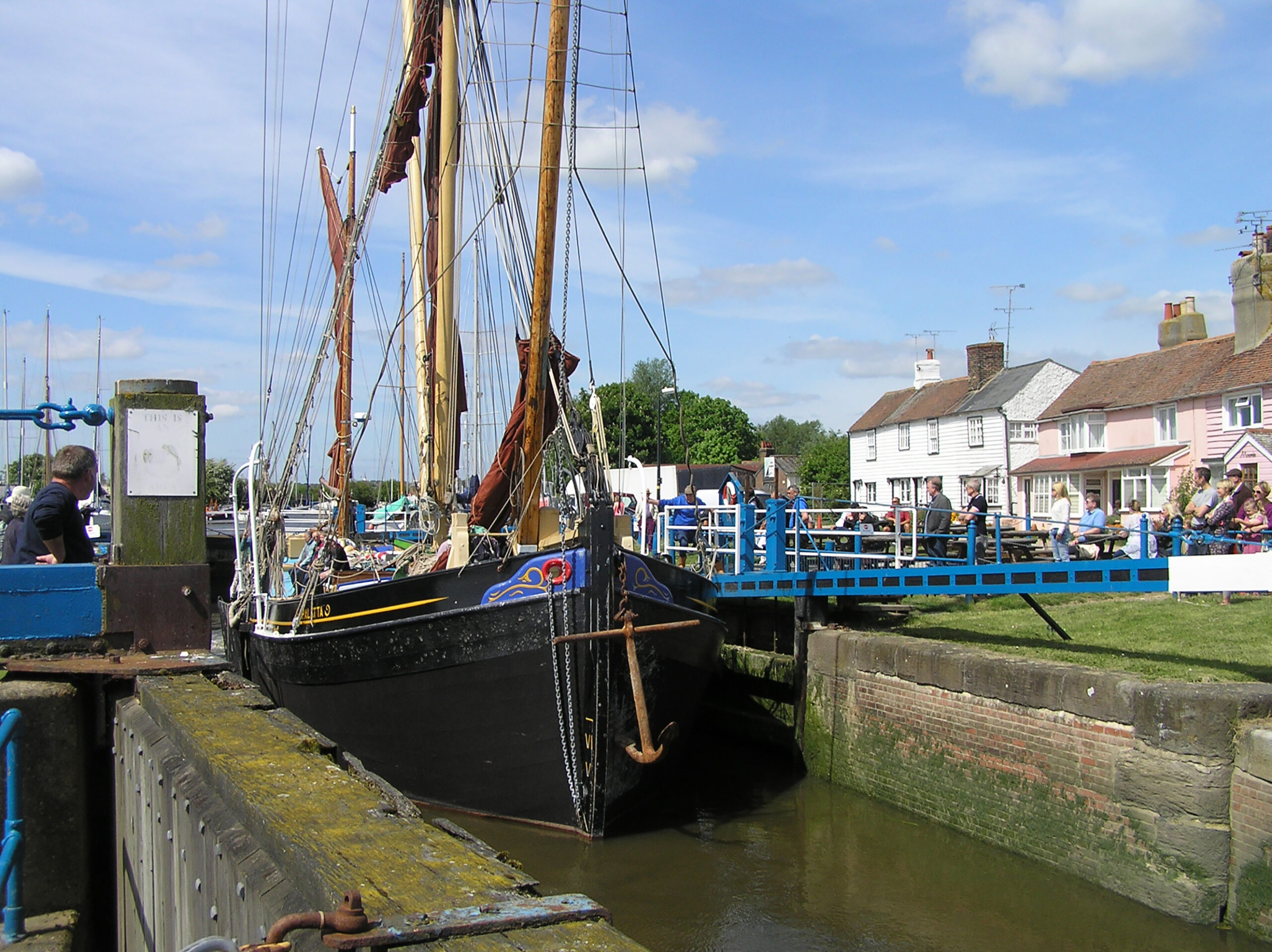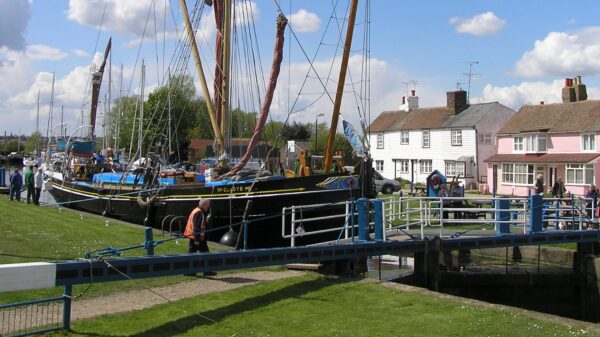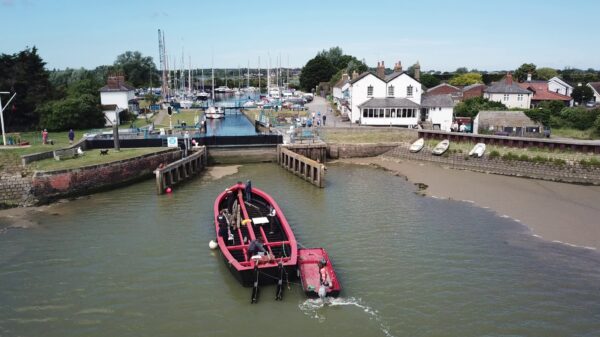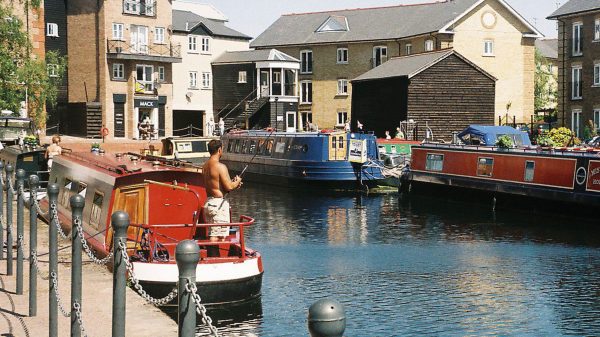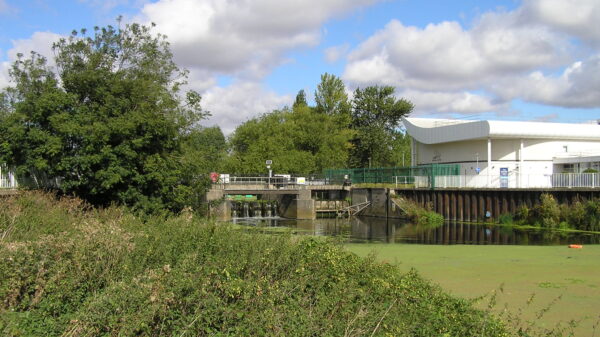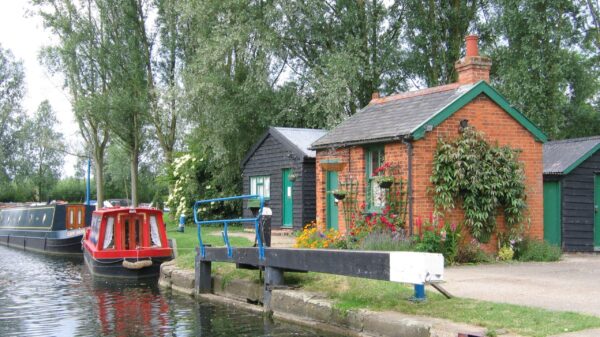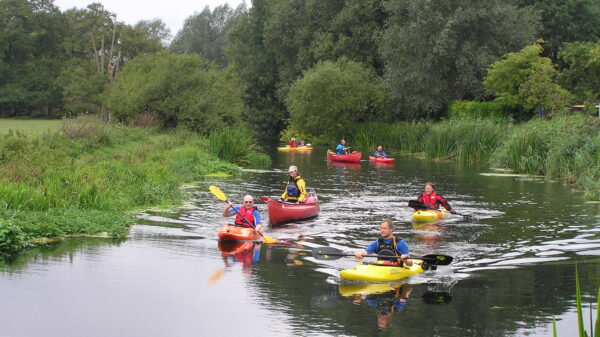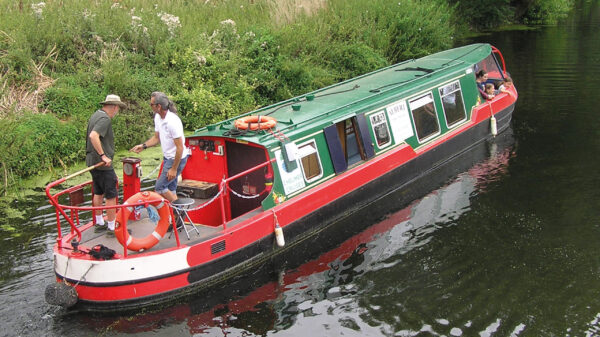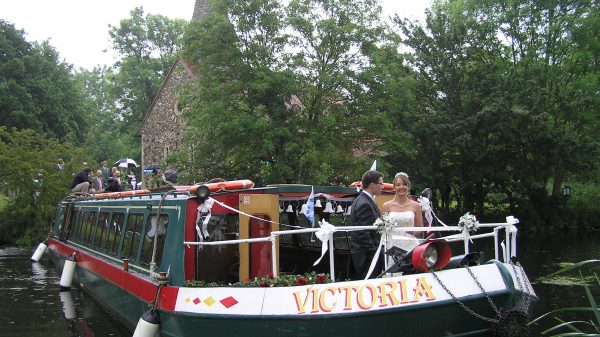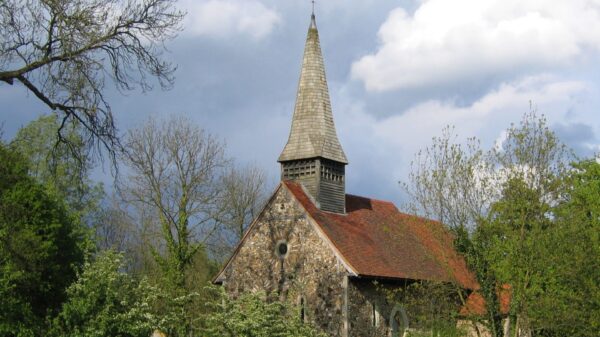Why Heybridge and not Maldon?
The Chelmer & Blackwater Navigation runs through a largely unspoilt part of rural Essex with a footpath along its full length. The waterway passes highlights such as the lock at Paper Mill and All Saints Church in Ulting, joining the sea at Heybridge.
Heybridge, rather than the sea port of Maldon, is the point where the waterway enters the sea as local landowners and other port interests objected to the construction of the Navigation. They feared it would bring a loss of trade so the community around Heybridge Basin grew following the waterway construction work in the 1790s. Previously the area had been entirely rural farmland.
Heybridge developed enormously after the opening of the navigation especially with William Bentall’s iron works beside the navigation in about 1811, where iron ore, coal and timber could be easily imported. The business prospered and Heybridge grew from 368 people in 1801 to 1177 in 1841. By 1900 the works covered 13.25 acres. At the beginning of the straight cut beyond Wave Bridge is Bentall’s warehouse, built in 1863 and now a scheduled industrial monument.
The basin could accommodate ships of 300 tons which once brought coal from Newcastle and timber from Scandinavia.

